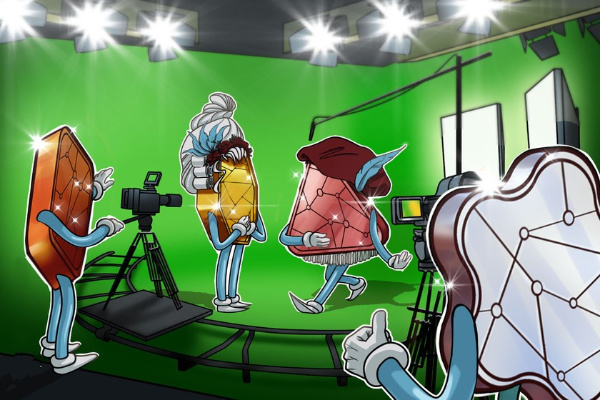Making NFTs that are family-friendly becomes necessary in the area as Web3 capabilities and features are included in numerous well-known Web2 communities.
Non-fungible tokens (NFTs) continue to be the dominant force in the Web3 space driving innovation and adoption. As the space continues to gain mainstream acceptance, Web3 will reach new demographics, including young people.
Recently, Disney, a well-known entertainment company with a deep interest in children, has partnered with the Polygon blockchain network, adding his member to the cryptocurrency-savvy team.

https://twitter.com/hashtag/web3
A development like this marks the imminent entry of a large entertainment company into his Web3 world. However, the big question arises when it comes to making her Web3 content for minors. B. How can NFTs be child-friendly? How does true ownership work when minors are involved?
Cointelegraph spoke with Jeremy Fisher, artist and founder of his NFT collection for families, Lucky Ducky, on how he creates his Web3 content for kids and brings the next generation of digital interaction. I was.
While there have been cases of children using or creating her NFTs, like her 9-year-old girl who fell in love with cats and created his NFT collection of cats, Fisher says she doesn’t know which project to support. I still think it’s the parents who need to consider what to do. while the child is still young.
He compared it to “early-day support of your favourite production studio.”
“We believe that grownups should oversee trading and purchasing. Numerous products could be produced based on the collection once it has been developed and funded.
The Lucky Ducky NFT characters, according to Fisher, are all from a brand-new, family-friendly animated series that is currently in development. Popular kids’ shows, according to him, are great for introducing Web3 concepts to kids and “shining a spotlight on the existing IP and NFTs.”


















